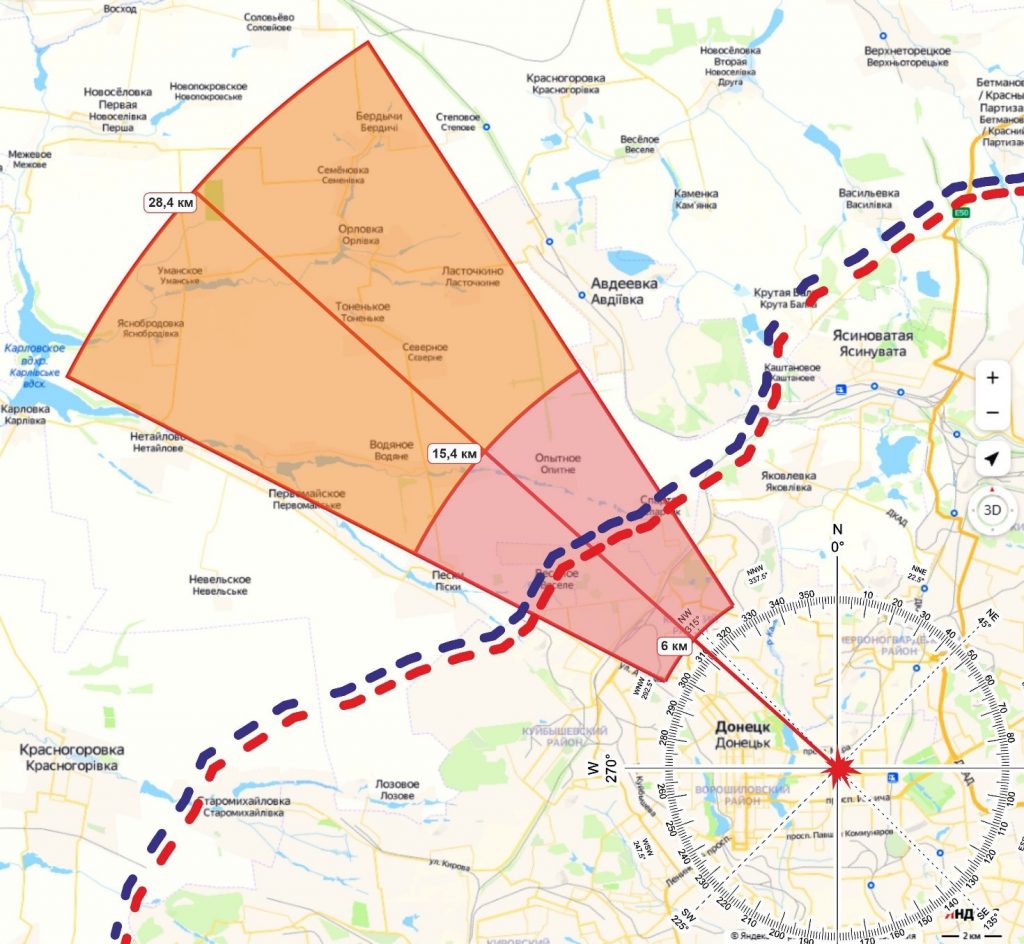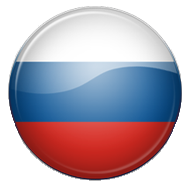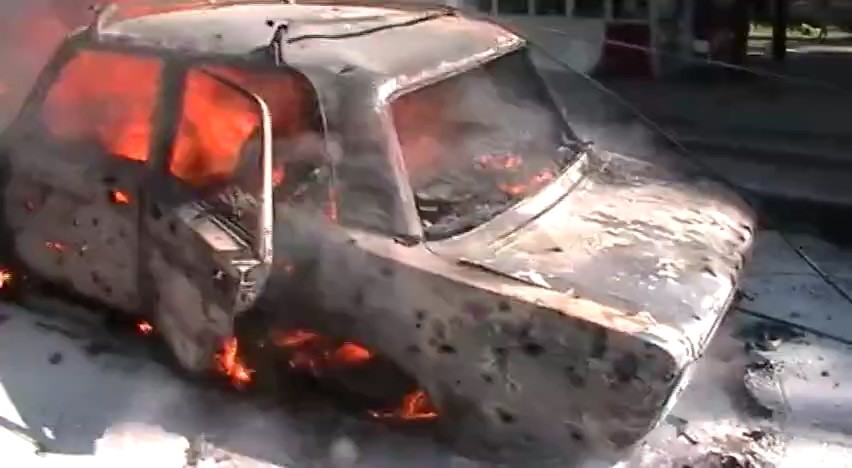On August 23, 2014, militia units, formed into regiments and brigades, on the move, liberated Telmanovo, attacked Torez and Snezhnoye, the Novoazovsk ECP, and launched an attack on Mariupol and Debaltsevo, preventing the enemy to transfer reserves. The panic evacuation of officials and nationalists of the Azov battalion began in Mariupol.
On the same day, the general counter-offensive of the LPR army began.
On August 24, the offensive of LPR units in the direction of Shchastya along Stukalova Balka developed, offensive battles took place in the Alchevsk direction (Rodakovo and Sabovka) and along the Krasnodon highway. The DPR army began to destroy, more often squeeze out, the encircled units of the Poroshenko regime from many small pockets around Luhansk, cutting off communications and suppressing them with massive artillery fire.
At the same time, a rally of many thousands was taking place in Kharkiv, organized by Yuri Apukhtin (in prison since December 2014), the leader of the banned “South-East” movement, which the authorities did not dare disperse. This was the last mass civil protest in the occupied territory.
On August 24-25, a final turning point occurred at the front, which Kyiv could not hide. Previously it was reported, for example:
“They are not surrounded – we are regrouping troops to continue the offensive to liberate settlements in the east,” said Andrei Lysenko, speaker of the NSDC information center.
Dramatic changes reflect the enemy maps of these days. Having successfully attacked and practically cut the defense of the militia in half, units of the Armed Forces of Ukraine, the Ministry of Internal Affairs and nationalist battalions within a day found themselves in a defensive position along the entire front line, retreating all the way to Mariupol.
By August 26, the DPR militia managed to finally recapture Saur-Mogila, forcing a 4,000-strong group of the UAF and nationalist battalions to retreat. The DPR army, formed in battles from individual militia units, reached the Sea of Azov, taking control of 40 km of the coast and liberating Novoazovsk. Enemy units that found themselves surrounded continued to be partially destroyed, partially escape across the border into Russia, or permeate across the encirclement in small groups, taking advantage of the small number of militants who were unable to create a continuous encirclement (this was generally a characteristic feature of the fighting in the Donbass).
Precisely these days, a turning point occurred not only at the front, but also in the minds of the Poroshenko regime supporters. Volunteers, relatives and those who escaped from the cauldrons report a disaster, the loss of almost all armored vehicles, the defeat of the 51st brigade and hundreds of killed, captured, and wounded. From now on, criticism and accusations of the Kyiv regime of betrayal were becoming increasingly widespread even in the media controlled by Poroshenko.
However, in the vicinity of Donetsk, clashes continued between the DPR militia and Ukrainian armed forces. The tensest situation was in the area of Donetsk airport, which was stormed by DPR militias.
At the same time, densely populated areas of the cities of Donbass were subjected to regular artillery shelling. Thus, on August 27, 2014, the UAF subjected the city of Donetsk to artillery fire throughout the day, as a result of which 11 civilians were killed and 22 people got injuries of varying degrees of severity.
This investigation will examine the shelling of the densely populated Kalininskiy District of Donetsk, which occurred on August 27, 2014 at approximately 15:00. During the shelling, the Palace of Culture named after the October Revolution (Youth Center) located at Shevchenko Blvd., residential buildings at Lazarenko St., Krasnodonskaya St., and Shevchenko Blvd., and educational complex No.16 at Shevchenko Blvd.
As a result of this shelling, a VAZ-2106 Zhiguli passenger car burned down at Shevchenko Blvd., three people who were in it died: Vladimir Glukhov born in 1981, Evgeny Kaplun born in 1978, and Artyom Shubin born in 1985. The men were heading home from work, Artyom Shubin and Vladimir Glukhov were sitting in the front seats of the car, Evgeny Kaplun was in the back seat on the driver’s side. As a result of one of the shell hits at Shevchenko Blvd, shell fragments killed people sitting in the front seats; and Artyom Shubin’s head was cut off. Evgeniy, who was sitting behind him, tried to get out of the burning car, but he failed to do so.
Another civilian died from injuries incompatible with life.
At least eight civilians got injuries of varying degrees of severity.
Journalist of the First Republican TV Channel Dmitry Kolomoets, born in 1985, was returning from an editorial assignment along with a film crew of seven people in a GAZelle car. At the time of the shelling, the car was driving past a residential building at 56, Shevchenko Blvd. As a result of a shell detonation at Shevchenko Blvd., the car was damaged, three people in it were injured: the driver received an injury to his right arm, one of the journalists of the film crew received numerous shrapnel wounds to the head and torso, Dmitry Kolomoets received a through-fragmentation wound to his right shin.
Donetsk resident Sergei Kuznetsov, born in 1962, just before the shelling, left the Obzhora supermarket at 58B, Shevchenko Blvd, and headed toward the intersection of Shevchenko Blvd. and Vladychanskogo St. As a result of a shell detonation, the man received shrapnel wounds to his head, left arm and left buttock. A few meters away from him, a man, Pyotr Rybakov, born in 1935, lay unconscious on the ground, having received a shrapnel wound to the abdominal cavity. In a passing civilian car, Pyotr Rybakov was taken to the Donetsk Clinical Territorial Medical Association, and Sergei Kuznetsov was taken to the Donetsk Regional Clinical Trauma Hospital (now the Republican Trauma Center).
Donetsk resident Pavel Ostapenko, born in 1955, was heading toward his house at 36, Shevchenko Blvd., when he came under artillery fire passing by the residential building at 50, Shevchenko Blvd. The man got a penetrating blind shrapnel wound to the chest, damaging his right lung. At the incident location, he was given first aid and taken to the Donetsk Clinical Territorial Medical Association.

As a result of the investigation, it was established, on August 27, 2014 at approximately 15:00 (Moscow time) Kalininskiy district of Donetsk, in particular, the Palace of Culture named after the October Revolution (Youth Center) located at Shevchenko Blvd, residential buildings at Lazarenko St., Krasnodonskaya St., and Shevchenko Blvd., and educational complex No.16 at Shevchenko Blvd., a public transport vehicles and crowded places came under artillery fire from Soviet-style rifled artillery. The shells flew in a direction from north-west – north to south-east – south (azimuth of 312 degrees, error making ± 15 degrees).
All shell hits fell on densely populated residential areas of the city and led to damage to civilian objects, death and injury to civilians. Thus, the principles of selectivity and proportionality were violated.
As a result of the analysis of news videos and information from the Internet, it was found that the rifled artillery guns from the 93rd Mechanized Infantry Brigade of the Ukrainian Armed Forces could be located in the sector from which the shelling was carried out.
The responsibility for the artillery work at this site lies primarily with the commander of the 3rd Kirovograd Special Forces Regiment, Alexander Sergeevych Trepak (code name: Reduit), and the commander of the 93rd IMB howitzer battalion, Aleksey Leonidovych Dubovik (code name: Squall).
Скачать полное расследование (рус.)
Download the full version of the investigation (en.)


